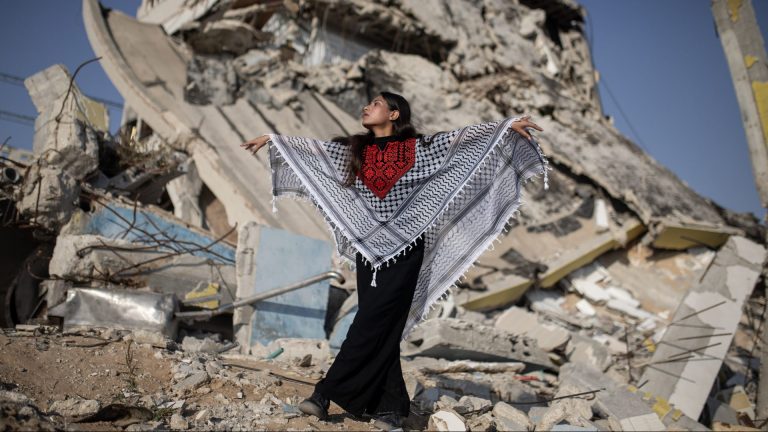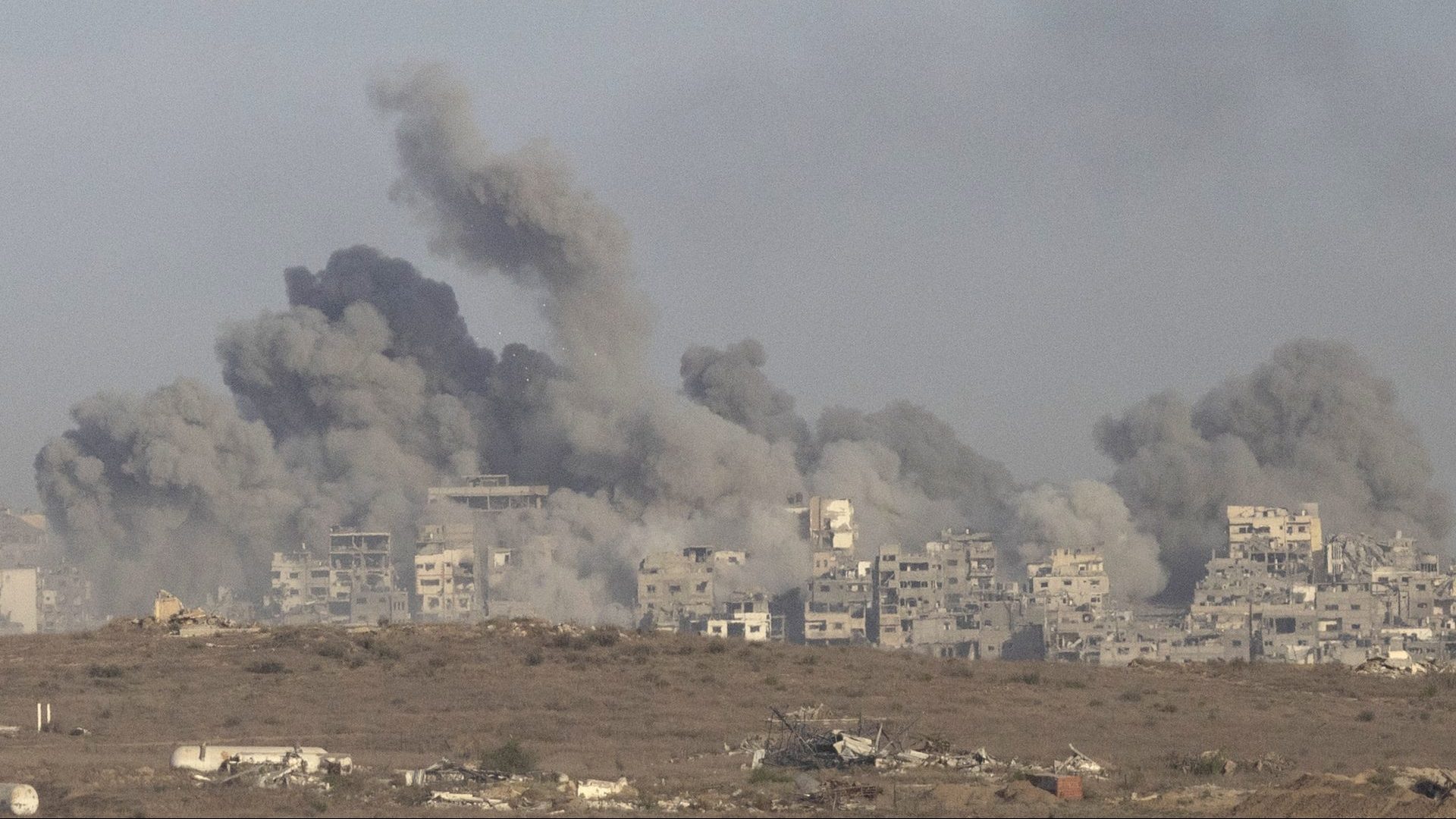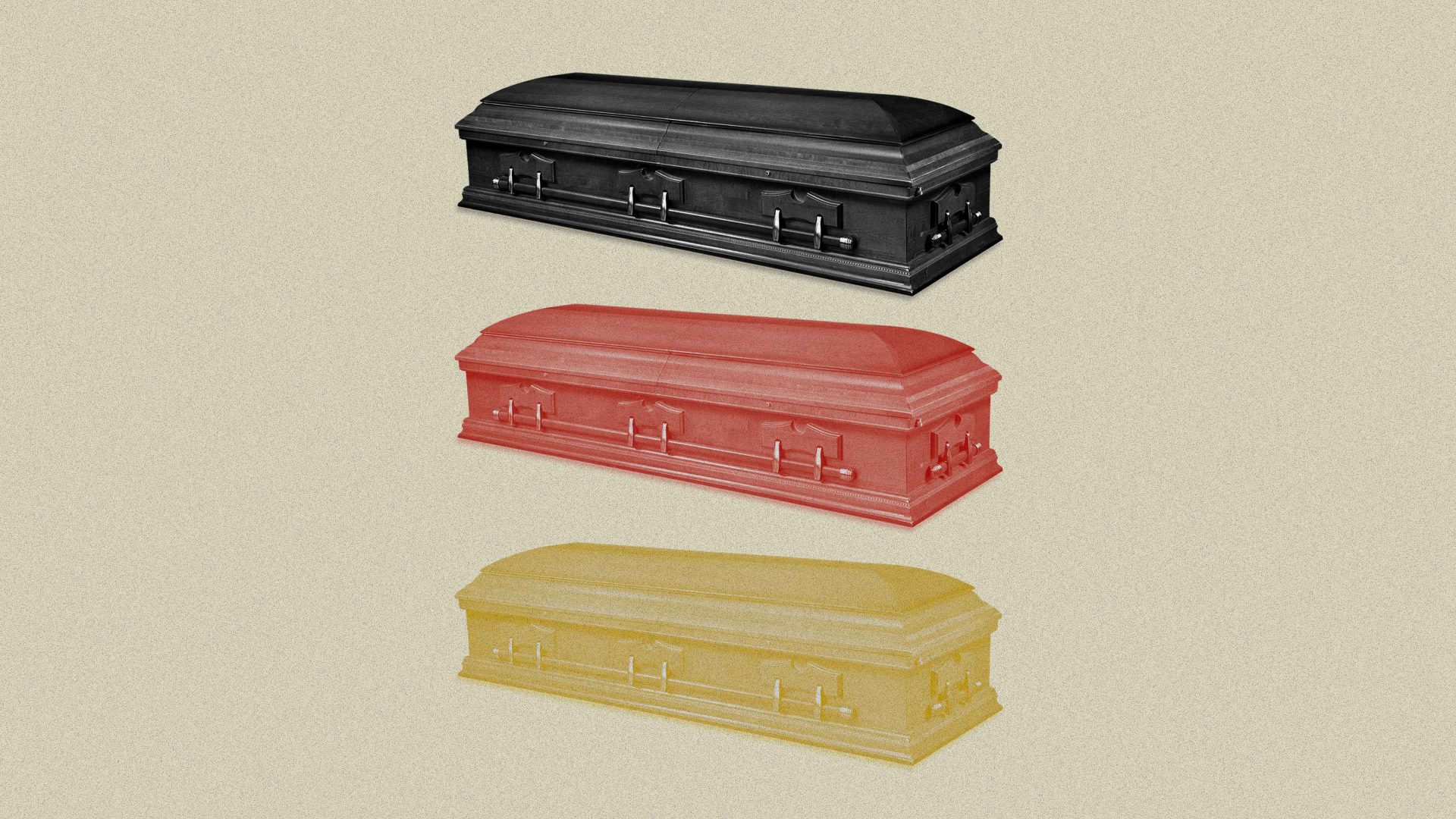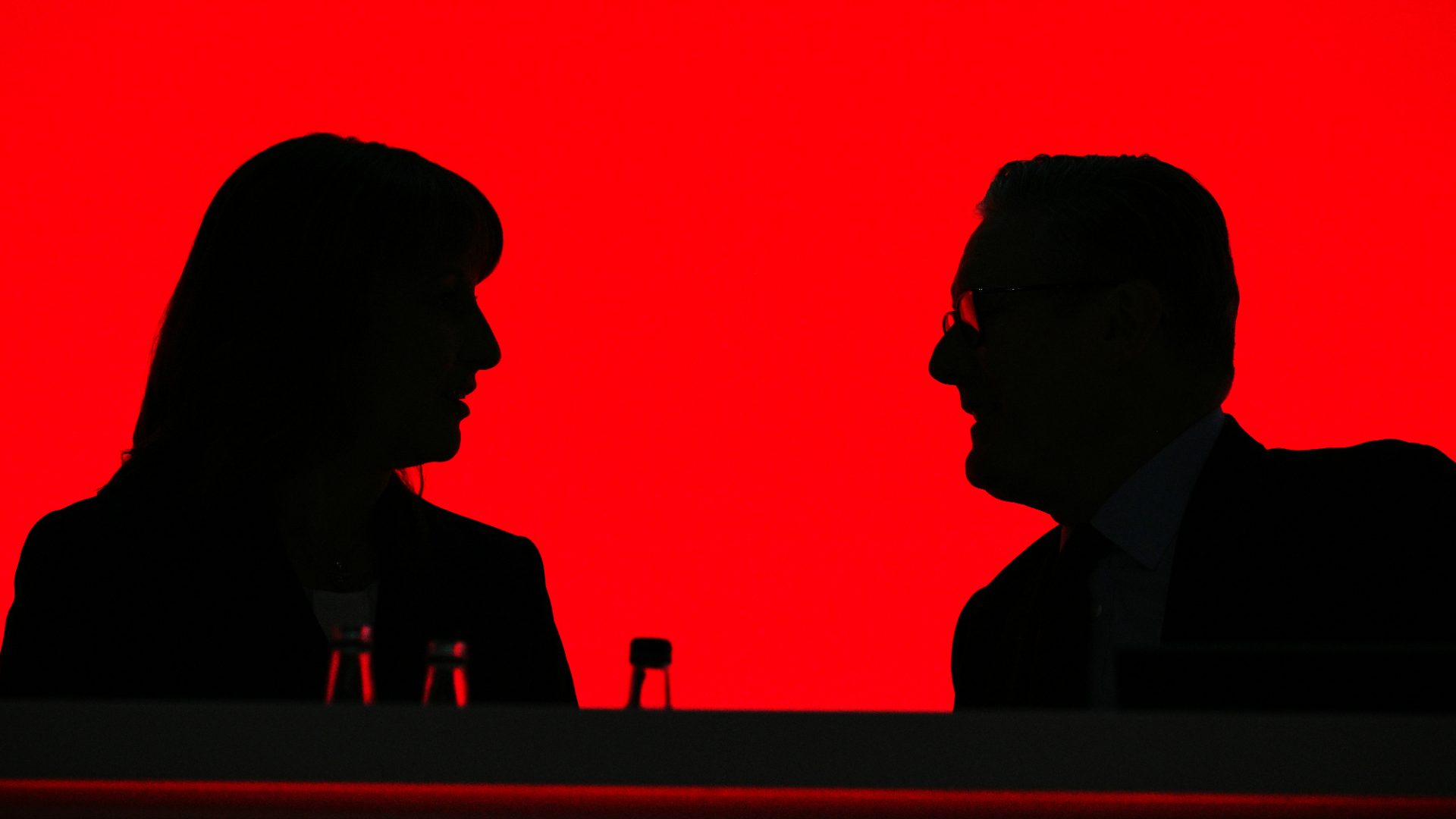The Gaza I covered during the war of 2014 is gone. Its apartment blocks are demolished, its takeaway cafes obliterated. The Great Omari Mosque, a mixture of early Islamic and Norman Gothic, has been smashed to pieces by Israeli bombardment. Most of the hospitals are shells. Much of the housing is rubble.
But the people remain, and unless something extraordinary has happened during the 24 months of war they’ve had to endure, I expect there will be three kinds of response among them to Trump and Netanyahu’s peace plan, over and above relief and hope.
The first, coming from young, secular and educated people, will be to accept it without condition – because many simply want to get out and live a normal life elsewhere.
The second, from those who support Hamas and Palestinian Islamic Jihad, is likely to be defiance. And it will be fuelled by more than just the Islamist ideology of the groups they are loyal to.
When you are surrounded 24×7 by high-intensity warfare, with no means of escape, and death constantly on the horizon, it breeds a nihilism that is hard to comprehend if you haven’t experienced it. Every thud, every text message, could be the death of someone you love. The capacity to feel emotion drains away.
So the next move in this tragedy depends on a third group, whose voices are almost never heard: Palestinians from the secular nationalist tradition, who supported Fatah when it ran the strip, or may have been part of the Palestinian Authority.
There are thousands of such people, though many have, reluctantly, conformed to the behavioural standards imposed by Hamas – which before October 7 ran Gaza like classic mafiosi, peering into people’s homes to check they were obeying the rules. Many of these, including people whose families arrived in Gaza as refugees after the Nakba in 1948, will be politically hostile to Hamas and the PIJ paramilitaries, but will despise Israel even more, for the high loss of life it has inflicted on civilians.
As I write, Hamas is yet to fully accept the Trump-Netanyahu deal. If it does, the secular nationalists – notwithstanding their participation in 7/10 – will be crucial potential allies for the transitional “technocratic, apolitical” administration, which is slated to be recruited from among Gazans themselves. Because in truth “technocratic, apolitical” people are hard to find.
But let us be clear about the nature of the Trump-Netanyahu peace: it involves, effectively, the surrender and demobilisation of Hamas in return for amnesty or exile. With an estimated 15,000 fighters, plus perhaps another 10,000 in Israeli jails, that might see between 100,000 and 200,000 people leave the enclave, once families are taken into account.
It is both sketchy and prima facie unjust: Trump’s “Peace Committee” is claiming sovereignty over two million people under no specific treaty or international law. Palestinians who stay will be forced, effectively, into a Bantustan.
Suggested Reading


Gaza and a dance against oblivion
Nevertheless, I believe, and indeed hope, that Hamas will accept it. Because the international balance of forces means there is no just outcome. If the fighters go on fighting, the outcome will be the same in six months’ time, only with fewer survivors and more rubble.
The task, then, for the international community, is to build something better than what Trump-Netanyahu have put on offer – secure in the knowledge that the Israeli PM will have to face his own electorate as soon as the war is over, having just been humiliated by Trump over the UAE attack – and that Donald Trump cannot last forever.
The tragedy is that, unless the legalities of the transition plan are strengthened, there is no way Britain could take part in the scheme Trump has dreamed up. The UK is a world leader in so-called “stabilisation”– and in 2008 published a handbook for post-conflict intervention which, combined with British and European expertise, would have structured the peace plan much more humanely than Trump’s proposed land grab.
British doctrine admits, from the get-go, that “stabilisation activities are likely to involve local military actors” in collaboration with the external force imposing order. And that is precisely where the Trump plan fails.
If Hamas is expelled, and an external force moves in – consisting of US contractors, or Saudi troops – the only armed groups they can collaborate with would be the secular nationalist forces DFLP and PFLP, both of which took part in October 7, or the gang leader Yasser Abu Shabab, who reportedly has ties to ISIS. As I write, it is clear that Hamas is still trying to maintain a monopoly of armed force in the strip, and will use any ceasefire to settle scores with its opponents.
This is why America’s refusal to involve the Palestinian Authority and its Fatah leadership could be fatal to the whole venture. Because, of the three basic tasks of stabilisation – securing the basic necessities, reducing violence and laying a framework for a return to order – only the first can be achieved without armed local allies who are known and trusted in the community.
Thus, like many of the plans that originate in Trump’s brain, this one could fall apart with devastating consequences unless more responsible members of the international community prepare to take ownership of the problem – to answer the question: who has a monopoly of coercive force in Gaza on the day the truce is signed?
It is still, in addition, possible that Israel’s right/far right coalition intends to ethnically cleanse Gaza – and we have not yet seen how the IDF would deal with Israeli settlers or far right paramilitaries entering Gaza once Hamas are removed.
Hamas and its allies have been abjectly defeated; 7/10 inflicted the worst catastrophe on the Palestinian people in their history, and everybody in the West who cheered it on should take ownership of this negative outcome.
Britain, despite its powerlessness during this Gaza war, has a long-term responsibility to Palestine, above all to Gaza, where a war cemetery contains the graves of 3,427 British and Commonwealth soldiers who fought for the territory during the first and second world wars. We cannot commit legally to being part of this deal; but we can commit morally to being part of what replaces it.
If it were up to me the UK would take a large chunk of what’s left of its overseas aid budget and invest it in creating the human capital for a future Palestinian society, free of Israeli occupation and free of Hamas.




